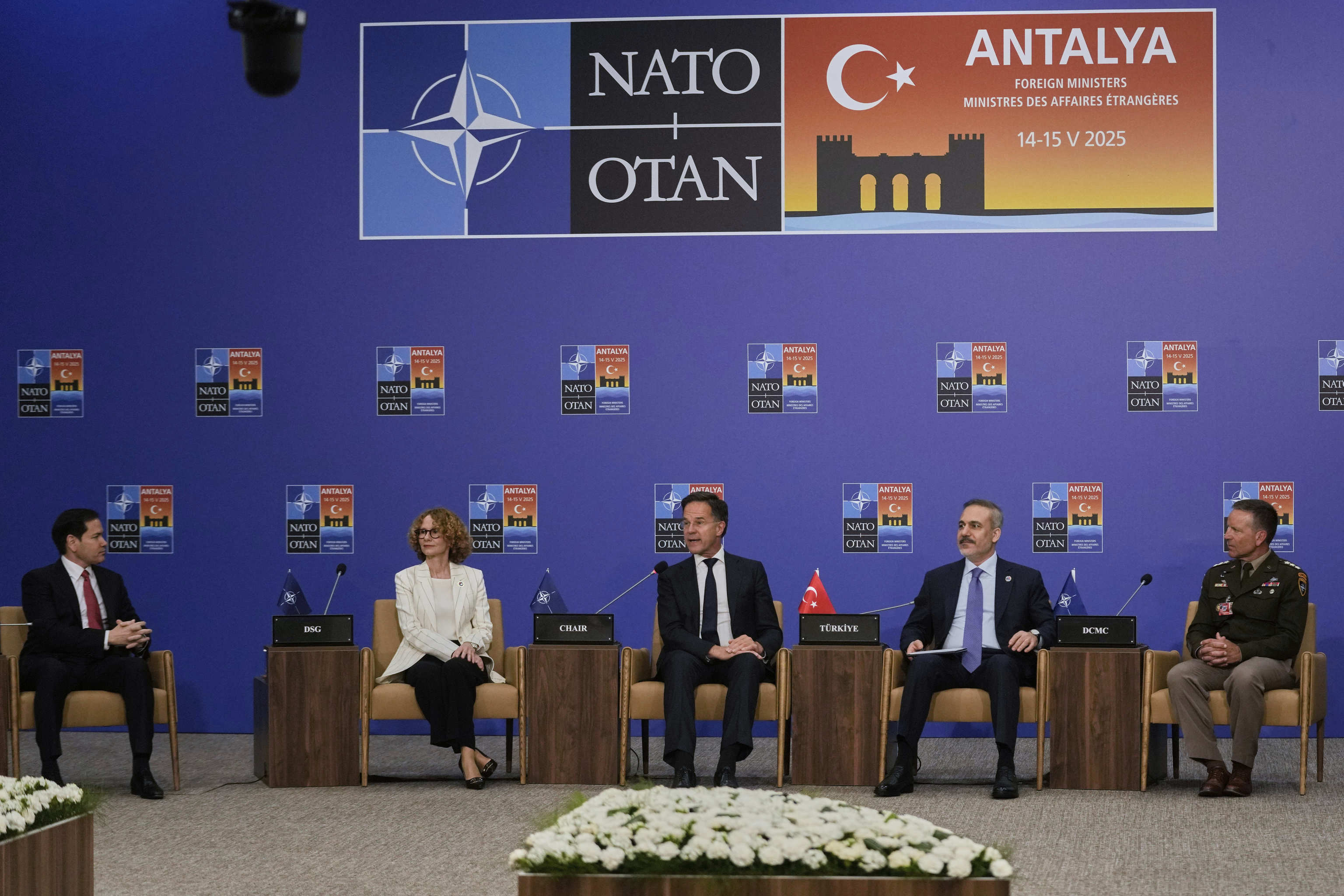The NATO continues to seek ways to articulate the significant increase in military investment required by the new geopolitical context, the demands of Donald Trump to reach 5% of Gross Domestic Product (GDP) in Defense spending, and the limited spending capacity or even the reluctance of some allies. The innovative solution it has found and is already working on is the 3.5+1.5 formula.
The explanation of this model is as follows. On the one hand, countries should reach 3.5% of GDP in classic military spending, which has always been counted as Defense investment. Tanks, weapons, aircraft, or any concept directly related to the military sphere. On the other hand, the mentioned formula would allow allies to count another 1.5% of GDP in security-related investments. A kind of soft spending, where factors not in the classic definition would be added, as advocated by the Spanish Prime Minister, Pedro Sánchez.
These could be expenses related to border control or those necessary to defend against possible cyberattacks. This second part would also be in line with the need to expand the term Defense, which has also been advocated by the European Commission.
The 3.5+1.5 formula is a matter that has been discussed in Brussels for weeks, as pointed out by Reuters and also supported by sources familiar with the ongoing discussions. Because the new model is already being discussed, for example, at the meeting being held between yesterday and today by the Foreign Ministers of the Alliance countries in Antalya (Turkey). Here, the preliminary work must be initiated so that, at the Defense Ministers' meeting in early June in Brussels, the measure can be well advanced for the summit at the end of that same month.
In The Hague, only the presidents of the Governments that are part of NATO, including Trump, should sign. The aim is to have everything well settled by that moment. The document will also outline the deadlines for reaching that 5% of global Defense investment. Some reports point to the year 2032, giving countries seven years to reach that investment level, indicating that in the coming years, the military investment demanded from the countries in the Alliance will be very strong.
In the case of Spain, for example, it should go from the 2% that the Government claims it will reach this year to the 5% it is working on. If this three-point difference is crossed with the GDP at the end of 2024, the result is that the country would have to increase annual Defense investment by an additional 47,000 million euros. Furthermore, the Gross Domestic Product will be increasing in the coming years, so that investment figure will also grow beyond 50,000 million.
However, it should also be noted that the variable part may give Spain an additional boost, meaning that applying this formula will likely already place it significantly above 2% as it will allow it to account for investments it already makes. Nevertheless, it is undeniable that the investment in the coming years will be very significant and that this is hardly compatible with what the part of the government led by Sumar advocates. In fact, some of its members are considering leaving the North Atlantic Treaty Organization.
But the reality is that within NATO itself or in the European Commission, the need to spend much more on Defense is beyond doubt. The new German Chancellor, Friedrich Merz, also makes this very clear in almost every public intervention. He did so when he traveled to the Community capital on Europe Day on his first foreign visit, and he did so again yesterday when he announced that his government "will provide all the financial means that the Armed Forces need to become conventionally the strongest in Europe." The message from the leader of the leading European power is clear.
